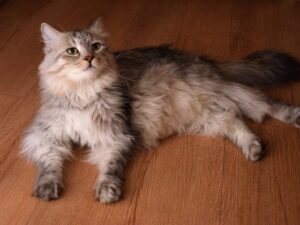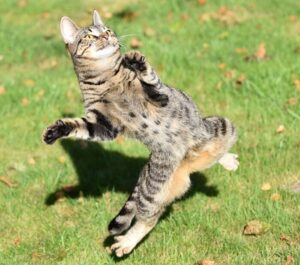In the complex and fascinating realm of feline companionship, a profound connection with our cats begins with the ability to interpret their intricate body language. Cats, with their subtle yet eloquent gestures, communicate a rich spectrum of emotions, needs, and desires.
This exploration delves into the silent language of our beloved feline friends, unraveling the secrets behind tail flicks, ear twitches, and whisker movements. By deciphering these cues, pet owners can forge a deeper understanding, fostering a harmonious and communicative relationship.
Decoding Feline Communication

The Art of Listening to Your Cat
While cats may lack the ability to speak our language, they are adept communicators in their own right. Listening to our cats extends beyond mere observation; it involves a heightened awareness of the subtle nuances in their body language.
By deciphering these silent cues, pet parents can establish a profound understanding of their cats’ moods, ensuring a harmonious and communicative companionship.
The Three Main Components of Cat Communication
1. The Tail: A Cat’s Expressive Communication Tool
The Tail Position and What It Conveys
The cat’s tail serves as a dynamic and expressive tool, conveying a myriad of emotions and intentions. Comprehending the nuances of tail positions and movements is pivotal for interpreting a cat’s state of mind.
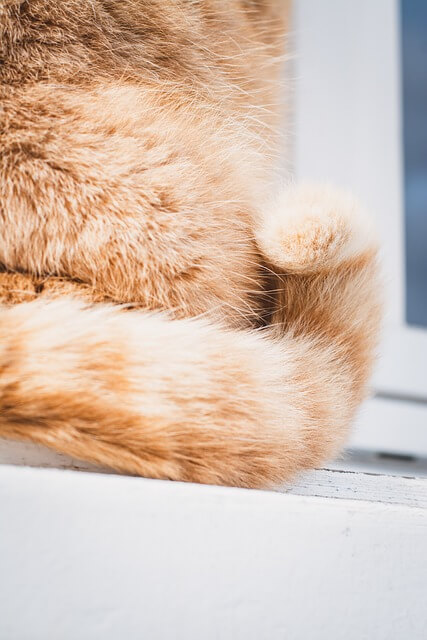
From an upright tail signaling confidence and contentment to a tucked tail indicating vulnerability or submission, the tail acts as a visual semaphore, speaking volumes about a cat’s emotional landscape.
Tail Movements: Decode the Feline Semaphore
Beyond position, the movement of a cat’s tail adds additional layers to its communication. A slow, languid sway may indicate relaxation, while a rapid flick can signal irritation or excitement. The speed, direction, and intensity of tail movements create a nuanced semaphore, providing further insights into a cat’s emotional state and intentions.
2. Ears, Eyes, and Whiskers: Windows to the Cat Soul
Ear Positions and Their Messages
Cats communicate through a diverse range of ear positions. Erect ears denote attentiveness or curiosity, while flattened ears signal fear or aggression. The subtle movements and angles of the ears provide valuable clues to a cat’s emotional state and intentions.
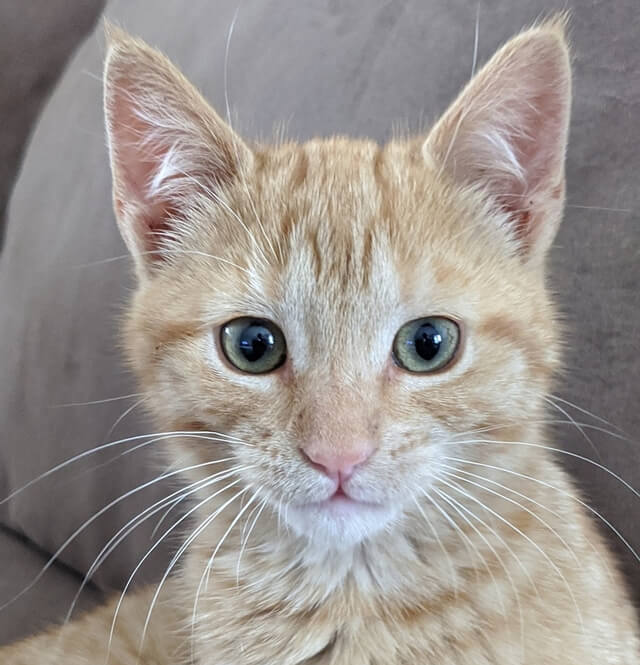
The Enigmatic Language of Cat Eyes
A cat’s eyes, often referred to as windows to the soul, reveal a wealth of emotions. Dilated pupils may indicate excitement, fear, or aggression, while slow blinking communicates trust and affection.
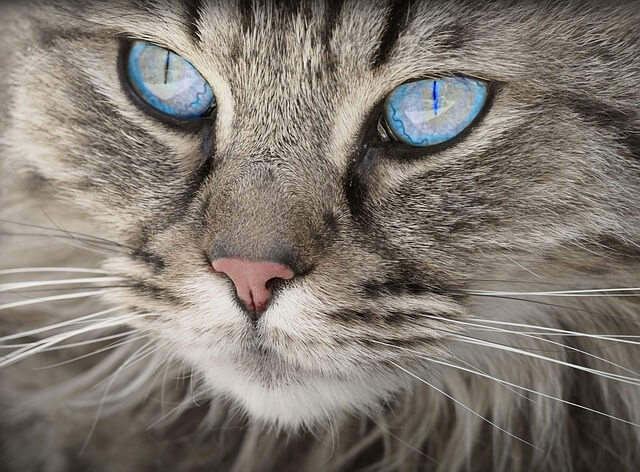
Understanding the language of cat eyes allows pet parents to deepen their connection and respond appropriately to their cat’s needs.
Whiskers: More Than Just Facial Hair
The delicate whiskers of a cat are not mere adornments; they serve as highly sensitive instruments of communication. Forward-facing whiskers signal curiosity, while pulled-back whiskers may indicate fear or apprehension.
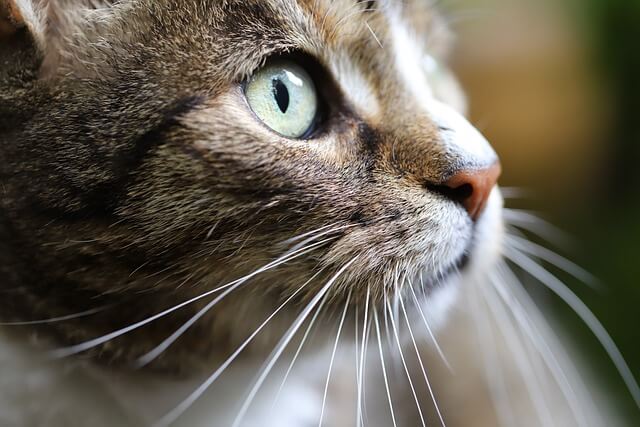
Being attuned to the language of whiskers provides valuable insights into a cat’s comfort level in different situations.
3. Vocalizations and Purring: The Sound of Cat Talk
Meows, Purrs, and What They Signify
Cat vocalizations, including meows and purrs, are integral components of their communication repertoire. Each meow carries a distinct message, from the plaintive call for attention to the cheerful greeting.
Purring, often associated with contentment, can also signify discomfort or pain. By discerning the subtleties in vocalizations, pet parents can respond appropriately to their cat’s needs.
Understanding Body Posture: The Subtle Clues
Cats’ Stances and Their Emotional Significance
A cat’s body posture is a silent language, conveying a wealth of information about its emotional state. Whether crouched low in play or standing tall in confidence, body stance provides vital clues to a cat’s mood and intentions.
Paying attention to these subtle cues allows pet parents to navigate their interactions with sensitivity and understanding.
Rolling Over: Trust or Vulnerability?
The act of a cat rolling over exposes its vulnerable belly—a behavior often misunderstood. While it may signify trust and comfort, it can also indicate a desire to play or even a defensive posture. Context is key in deciphering the true meaning behind this seemingly simple gesture.
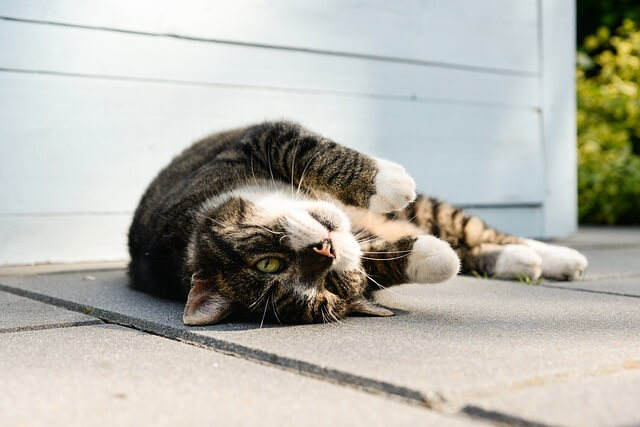
The Importance of Context and Consistency
Reading the Whole Picture: Context Matters
Decoding cat body language requires a holistic approach that considers the context of the situation. A cat’s behavior in a specific setting or during a particular activity provides valuable clues to its emotional state.
By analyzing the entire scenario, pet parents gain a comprehensive understanding of their cat’s feelings and can respond appropriately.
Responding to Your Cat: Building Trust and Bonds
Acknowledging Your Cat’s Signals
Building trust with your cat involves acknowledging and responding to their signals. Whether through gentle ear scratches, respecting their personal space, or offering interactive play, responding appropriately to a cat’s cues fosters a sense of security and strengthens the bond between pet parent and feline friend.
Improving Communication and Strengthening Bonds
As we delve into the subtle art of understanding cat body language, we unlock the gateway to deeper connections with our feline companions. By honing our observation skills, respecting their signals, and responding with empathy, we not only enhance communication but also nurture a bond built on trust and mutual understanding.
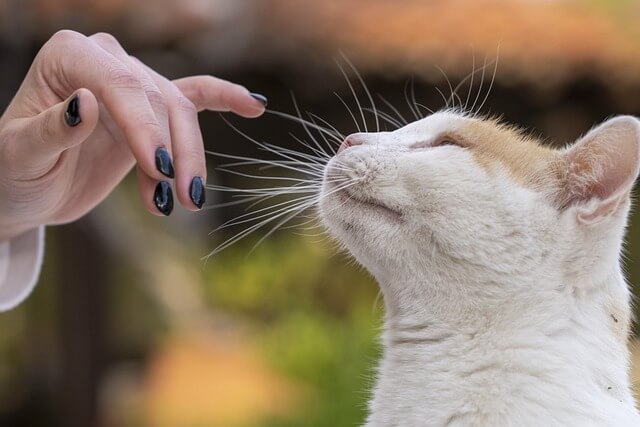
The journey to deciphering the silent language of cats is a rewarding one, paving the way for enriched companionship and a harmonious coexistence between humans and their mysterious feline counterparts.
Conclusion
In the intricate dance of cat body language, our cats speak volumes without uttering a single word. As pet parents, embracing the challenge of understanding their silent language opens up a world of nuanced communication and strengthened bonds.
By attuning ourselves to the tail flicks, ear twitches, and whisker movements, we embark on a journey of connection, empathy, and a shared language that transcends the barriers of verbal communication. The profound relationship that unfolds becomes a testament to the art of understanding and embracing the silent dialogue between humans and their mysterious feline companions.
FAQs:
Why does my cat knead me with its paws?
Cats knead with their paws as a comforting behavior that originates from kittenhood. This rhythmic motion, involving alternately pushing and pulling their paws against a soft surface, stimulates memories of nursing and the comforting feel of their mother’s teats. Adult cats often continue this behavior when they feel content, happy, or are seeking relaxation. So, when your cat kneads you, it’s a sign of trust and affection, a throwback to the secure feeling of kittenhood.
How can I tell if my cat is stressed or anxious?
Cats express stress or anxiety through various behavioral and physical cues. Watch for changes in appetite, excessive grooming, hiding, aggression, or a decrease in social interaction. Physical signs may include dilated pupils, a puffed-up tail, and excessive vocalization. Changes in litter box habits can also indicate stress. By recognizing these signs and identifying the underlying causes, such as changes in the environment or routine, you can take steps to alleviate stress and create a more comfortable space for your feline friend.
What does it mean when a cat brings me “gifts”?
When a cat presents you with “gifts” like prey (whether real or simulated toys), it’s a display of trust and affection. In the wild, a mother cat brings prey to her kittens as a way of teaching them to hunt. So, when your cat brings you a “gift,” it sees you as part of its family and is sharing its success with you. While it may seem peculiar to us, it’s a gesture of love and a sign that your cat considers you an important member of its social group.
Can I use this knowledge to train my cat? Why do cats purr, and what are the different purring types?
Understanding cat behavior is indeed valuable for training. Positive reinforcement, using treats and praise, can reinforce desired behaviors. As for purring, cats purr for various reasons. Contentment and relaxation are common, but cats may also purr when in pain or distress. There are different purring types, including the “happy” purr, often associated with contentment, and the “solicitation” purr, used to get attention or food. Recognizing these nuances allows pet owners to respond appropriately to their cat’s emotional state and strengthen the human-feline bond.


